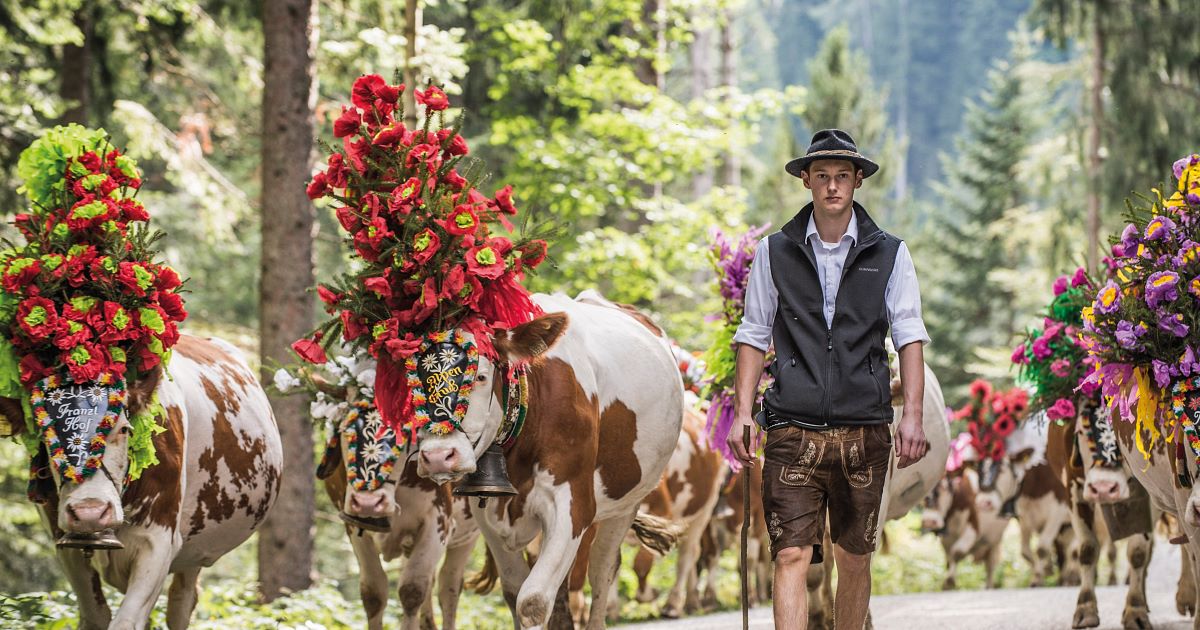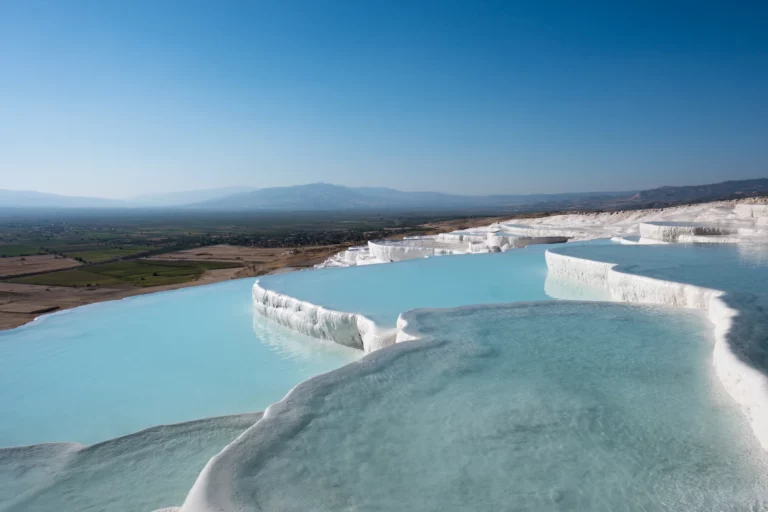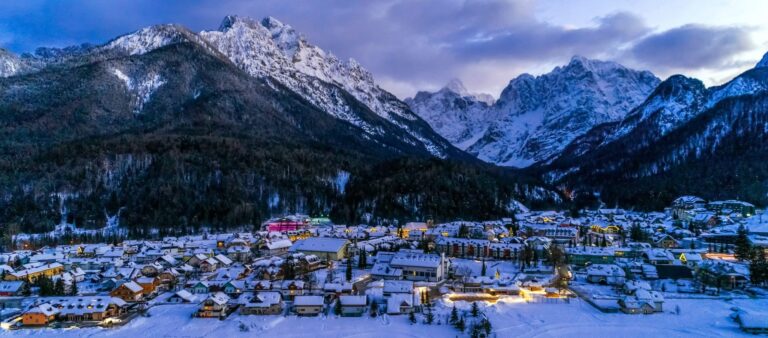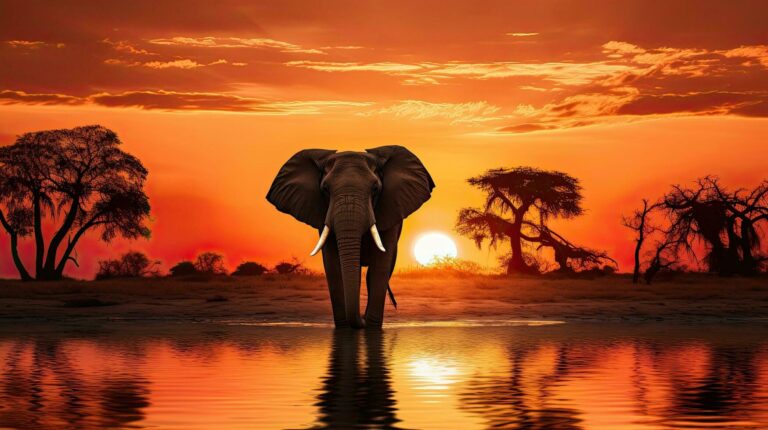Alpine Cow Festivals in Austria Where Cows Wear Crowns and Mountains Echo with Bells
You know you’re in Austria when a cow wears a flower crown, a brass band is playing, and someone offers you schnapps before noon. Welcome to the Alpine Cow Festivals, also known as Almabtrieb – the most wholesome fashion show on four legs you’ll ever witness.
This isn’t just some quirky village parade; it’s a centuries-old tradition where farmers celebrate the safe return of their cows from the summer pastures high up in the Alps. And let me tell you, these cows are the Beyoncé of the bovine world – pampered, praised, and primped to perfection.
Let’s move through this wonderful celebration, shall we?
What is Almabtrieb?
Imagine this: It’s late September, the air is crisp, the mountains are showing off their early golden autumn tones, and suddenly – bells, flowers, yodeling. That’s Almabtrieb.
It means drive from the alpine pasture, and it’s exactly that. Farmers herd their cows back to the valleys for winter, but they don’t just herd them. Oh no. They deck them out like runway models.
The Cows: VIPs with Bells On

The stars of the show? Cows. Dressed in floral crowns, enormous cowbells, embroidered headpieces, and sometimes even glittering mirrors (yes, seriously – cow disco balls). Each adornment has meaning. If the herd returns healthy and unharmed, the cows are decorated to say thank you to the heavens.
And if anything bad happened on the mountain? No decorations. It’s a quiet walk home, full of reflection. So when you see a glamorously dressed cow coming down the hill, you know it’s been a good summer.
Why Austrians Love This Festival So Much
You’d think watching cows descend from a mountain would be a one-time thing. But no – people travel from all over Europe (and beyond) for this.
It’s Not Just About Cows
Think of it like a country fair on steroids. You’ve got:
- Traditional Tyrolean music
- Locals in full dirndl and lederhosen
- Handmade craft stalls
- Giant pretzels and sizzling bratwurst
- Fresh cheese and butter from the same cows that just walked past
- Oh, and let’s not forget: free-flowing schnapps
It’s the kind of festival where you leave full – not just in your belly, but in your soul. It’s simple joy, mountain-style.
Where to See the Best Alpine Cow Festivals
Austria’s mountain regions are dotted with these festivals, but some towns go all out. If you want the real deal, here’s where to go:
-
Mayrhofen (Zillertal Valley)

One of the biggest and most tourist-friendly Almabtriebs. They turn it into a full-on weekend celebration – folk music, dancing, hay rides, and of course, a cow parade that feels like a wedding procession.
Pro tip: Get there early – it gets packed. The cows don’t wait for stragglers.
-
Söll (Tyrol)
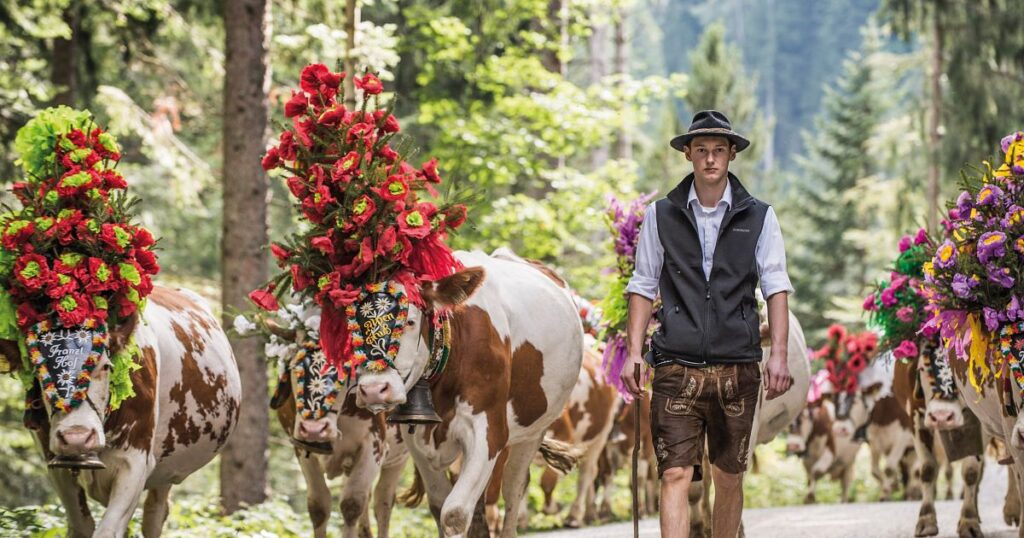
This one’s extra special because they combine the cow parade with a cattle market, traditional craft workshops, and a ton of local dishes like Kaiserschmarrn and Krapfen.
If you’ve ever wanted to see a cow with better hair than you while eating fried dough and listening to an accordion – Söll is your spot.
-
Bad Kleinkirchheim (Carinthia)
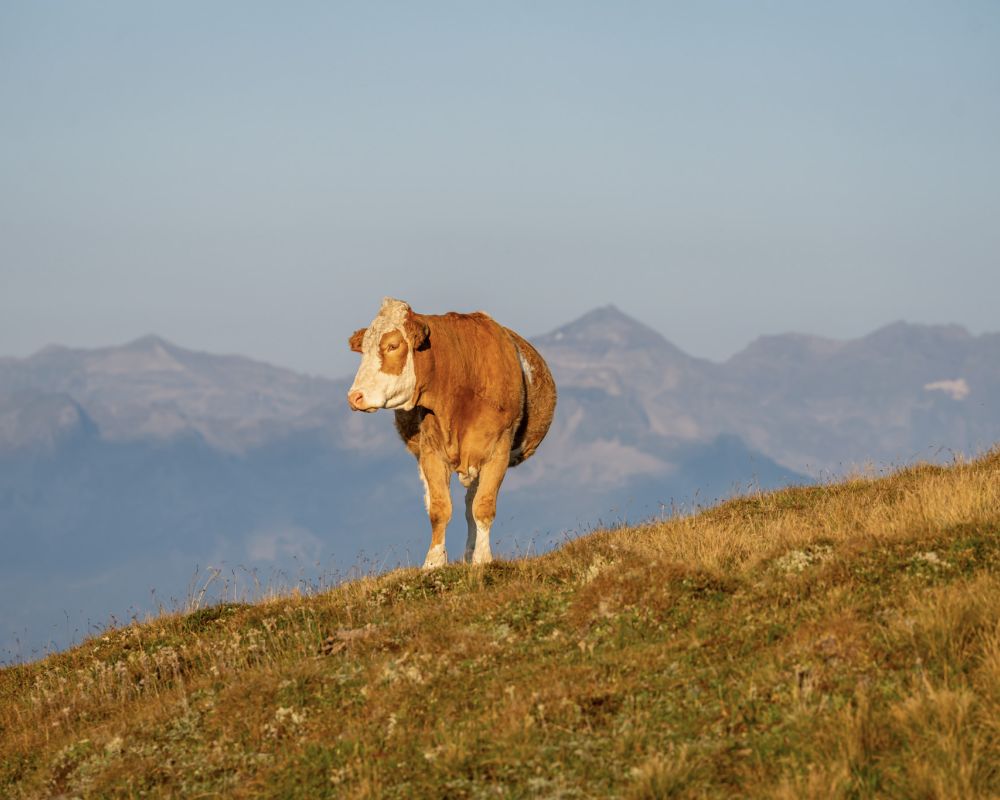
The vibe here is more laid-back, but no less authentic. You’ll get closer access to the farmers and their stories, and the landscape is straight out of a postcard.
The Cow Parade: Step-by-Step Drama
So what happens during the festival? Here’s the play-by-play:
Morning: The Cow Spa Treatment
Before the cows even leave the mountain, they get groomed like royalty. We’re talking brushed fur, polished hooves, and carefully placed flower garlands. It’s a bovine spa day.
Midday: The Descent
Led by herders in traditional garb, the cows descend winding trails. Each step is met with the sound of bells clanging and the crowd cheering. Locals might throw petals or take hundreds of photos (yes, the cows are used to it).
Afternoon: The Welcome Party
Once the cows reach the village, the party begins. You’ll hear alphorns, see dancing children in dirndls, and smell grilled sausages wafting through the air.
Some festivals even crown a “Cow Queen“ – the best-decorated bovine of the bunch.
Deep Roots: The History Behind It All
You might think this is just a modern tourist attraction, but Almabtrieb dates back centuries. Alpine communities used to rely heavily on their herds for milk, meat, and trade. Sending cows to the high meadows during summer was essential – the grass up there is rich, wild, and perfect for dairy.
Bringing the cows back safely was a big deal. So they gave thanks to God, to nature, to tradition. That gratitude turned into celebration. And over the years, it grew from a small local event to something internationally charming.
Moo-sic, Food, and Fashion
Let’s talk details, because honestly – the cows might be the main event, but the rest of the festival deserves a shout-out too.
The Music
Expect full brass bands, yodelers, accordion players, and random old men bursting into Alpine folk songs mid-toast. It’s the kind of background music that makes you feel like you’re in a Netflix rom-com.
The Food
- Käsekrainer (cheese-filled sausages)
- Kaspressknödel (fried cheese dumplings)
- Apfelstrudel (duh)
- Fresh milk, yogurt, and butter straight from the mountain cows
You won’t just be watching cows – you’ll be tasting their summer work. Deliciously weird when you think about it, but let’s not go there.
The Fashion
Locals don’t mess around. The dirndls and lederhosen are real-deal heritage outfits – sometimes passed down through generations. Tourists sometimes dress up too (no judgment if you rent a dirndl for the ‘Gram).
Fun Facts You’ll Want to Moo-ntion Later
- Some cows walk more than 20 km in a single day during the festival
- The bigger the bell, the more respected the cow
- Cow decoration isn’t just for show – it’s believed to ward off evil spirits.
- The milk from alpine-pastured cows is richer in nutrients, which makes the cheese here chef’s kiss.
- In some regions, sheep and goats get in on the action too – because hey, equal opportunity glam!
Tips If You’re Going
If you’re already packing your hiking boots and planning a trip, here’s how to make the most of it:
Go Early (But Not Too Early)
Festivals usually happen late September to early October, but dates vary by town. Some smaller parades are early in the morning, others stretch into full-day events. Check local tourism boards!
Stay Local
Small Alpine villages have cute guesthouses, and the hospitality is top-tier. Plus, nothing beats waking up to cowbells and mountain views.
Respect the Cows
Yes, they’re adorable. Yes, they look like Instagram stars. But remember – they’re also giant animals. Don’t pet them without asking the herder, and don’t wear red (seriously).
Final Thoughts: More Than Just a Cow Parade
At first glance, the Alpine Cow Festivals might seem quirky. Funny even. But underneath the cowbells and flower crowns is a deep respect for nature, animals, tradition, and community.
It’s not just about cows – it’s about coming together after a hard season, giving thanks, and throwing a party because, well… we’re all still here. The cows made it down. The people are together. And the mountains are watching.
So the next time you see a video of a cow in full floral regalia strolling past a yodeler, remember – it’s not a meme. It’s real life in Austria. And honestly? We should all be so lucky.
FAQ: Alpine Cow Festivals in Austria
Q: When are Alpine Cow Festivals usually held?
A: Typically from mid-September to early October, depending on the region and weather conditions.
Q: Is it free to attend?
A: Most festivals are completely free, though some larger events may charge a small fee for specific concerts or food areas.
Q: Can tourists participate or just watch?
A: You’re more than welcome to join the fun – wear traditional clothes, try the food, enjoy the music. Just don’t walk with the cows unless invited by the farmers.
Q: Are the cows really okay with the decorations?
A: Yes! Farmers make sure the decorations are safe and comfortable. The cows are used to it – and many even seem to enjoy the attention.
Q: Do all regions celebrate the same way?
A: Nope! While the essence is similar, each village adds its flavor, traditions, and party style.

